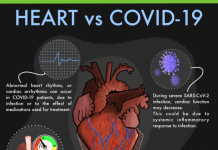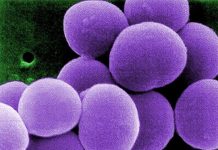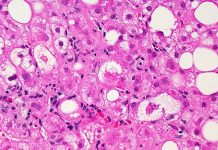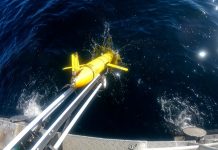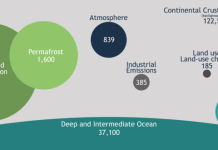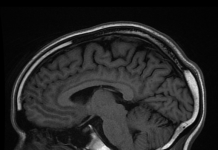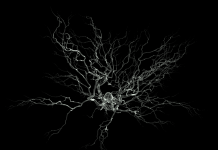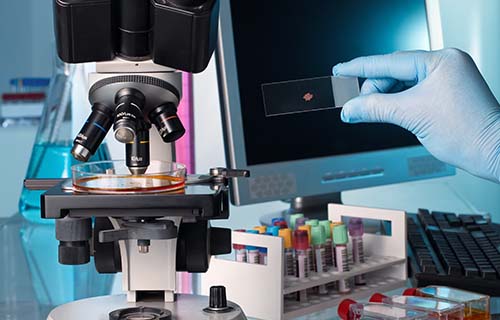Researchers have adapted living cells and created novel living machines. Called xenobot, these are not a new species of animals but pure artefacts, designed to serve human needs in future.
If biotechnology and genetic engineering were disciplines promising immense potential of human betterment, then here are ‘xenobots‘, a step forward, a product of interplay of science of computing and developmental biology which are both novel in science and have tremendous possible applications including in medicine and environment sciences.
The new creature, xenobots, were first deigned on a super computer at Universality of Vermont then assembled and tested by biologists at Tufts University.
Computing scientists first created thousands of possible candidate designs for the new life forms using evolutionary set of rules or algorithm. Driven by rules of biophysics, successful designs or simulated creatures were refined further and the most promising designs were selected for testing.
Then the biologists took over in transferring the in silico design to life form. They used the egg cells from the embryos of frog Xenopus laevis (Xenobots, the living robots derives its name from this species of frog) and harvested the stem cells. These harvested stem cells were separated and skin cells and heart muscle cells were cut and joined in close approximation to the designs arrived at earlier.
These assembled, reconfigured life forms were functional – skin cells formed some sort of architecture while the muscle cells could effect coherent locomotion. During the later tests, xenobots were found to have evolved to perform locomotion, object manipulation, object transport, and collective behaviour. Further, the manufactured xenoots could self maintain and self repair as well in the event of damage and laceration.
These computer designed creatures could be used in intelligent drug delivery. They could also help in cleaning up toxic wastes. But, more than any application, it is feat in science.
***
References
1. Kriegman S el al, 2020. A scalable pipeline for designing reconfigurable organisms. PNAS January 28, 2020 117 (4) 1853-1859; first published January 13, 2020 DOI: https://doi.org/10.1073/pnas.1910837117
2. The University of Vermont News 2020. Team Builds the First Living Robots. Published on 13 January 2020. Available on https://www.uvm.edu/uvmnews/news/team-builds-first-living-robots.
***







